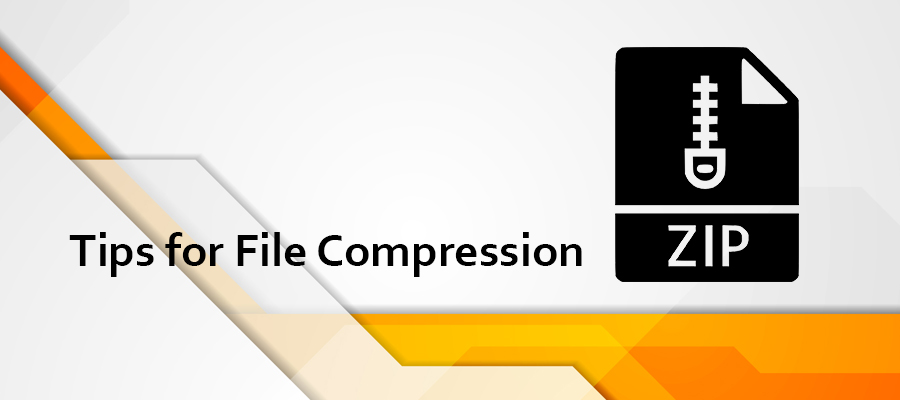
When it comes to creating a fast and responsive website, what do you think is most important? This is a difficult question to answer because there’s so many elements responsible for crafting a fast and high-performing website.
While there are many on-page optimization techniques, perhaps one of the most essential elements comes down to file size. No matter how well-designed your site may be, if your files are bulky and large, you’re going to experience detrimental load times.
If you’re searching for a way to optimize the speed and functionality of your website, then you should first take a moment and review your file sizes. You may be surprised that the culprit responsible for sluggish performance is actually the size of your primary resource files. Let’s explore file compression tips for success!
Tips for Web File Compression – Strategies for Performance
Although there are literally hundreds of various compression tips and techniques, most webmasters find the most success boil down to just a handful of files. The following tips are designed to compress your most important files to help cultivate a swift and enjoyable experience for both desktop and mobile users.
Tip #1 – Compress Image Files
While images are essential for almost every website, if they aren’t compressed in a proper manner, then you’re going to have a slow website. Prevent this disastrous situation by compressing all of your images to at least 70kb. The concept of image compression isn’t new. There are dozens of various online tools capable of lowering image file size without sacrificing quality. As a general rule of thumb, keep your image resolution lower than 72dpi and try to stick with JPEG formats.
Tip #2 – Grouping CSS Files and Selectors
CSS Stylesheet files tell the browser how to render the visible properties of your website. While these stylesheets are important, they can also become bulky and slow website performance. As a general rule, combine external CSS files into a single XTML page. You’ll notice this dramatically enhances your page load time and speed.
The same is true for CSS Selectors, which are located within the stylesheet file. Group these selectors that share similar instructions into a single declaration, which automatically compresses your CSS Stylesheet for swifter loading.
Tip #3 – Remove HTML Code Whitespace
Take a moment and review your HTML code. Is there a significant amount of whitespace between codes? If so, delete these empty lines. While this won’t have any effect on the visible layout of your page, it compresses HTML files for a faster website response time. This is perhaps the most often overlooked tip capable of boosting website performance.
Tip #4 – Gzip Your Website Files
Without a doubt, Gzip is the most popular way to compress website files and boost overall site performance. Essentially, this method shrinks files, such as documents, images and audio files, to a compressed state. This allows your website to access and load files in a much faster manner as the compression streamlines the back-end techniques when a website is first accessed. Combined with browser cache tactics, this method typically offers dynamic speed enhancements.


